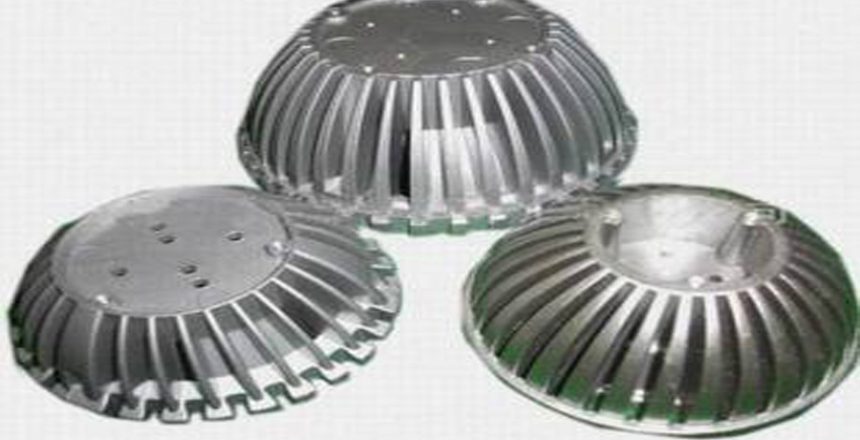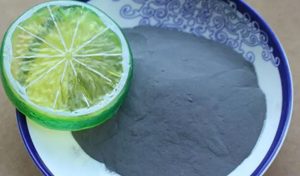The pressure resistance of die-casting molds is related to many factors, so we need to understand many things if we want to use die-casting molds better.
Most of the defects on die castings appear when grooves are opened in the casting or during machining. The reason is that the fine-grained layer structure on the surface of the casting is removed, exposing the coarse grained area extending to the center, and all the shrinkage cavities are located under this skin layer. Once there is a defect on the outer surface of the casting, the casting will leak under pressure. If the surface of the casting is not processed, the internal holes have no effect on the pressure resistance.
The molding temperature has a significant effect on the pressure resistance. The lower the molding temperature, the higher the pressure resistance. This is because a dense surface layer is formed on the surface of the casting at low temperatures. The fillet located at the junction of two or more intersecting surfaces is the part where the casting often leaks, because these parts are generally hot nodes in the molding, forming a thinner surface. Increasing the fillet radius will aggravate this phenomenon, because the molding temperature is higher at this time, and the surface of the casting will be thinner.
The type of casting alloy also has an impact on the pressure resistance, and aluminum castings are usually easier to leak than zinc castings. Little is known about the leakage inside the casting or the leakage between two processing surfaces (the dense surface of the casting has been removed). It is likely that the type of holes (connected or disconnected) rather than the number of holes determines whether this occurs. leakage. Generally speaking, it is very difficult to manufacture large pressure-resistant castings, and most of the impregnation treatment is an indispensable process.


